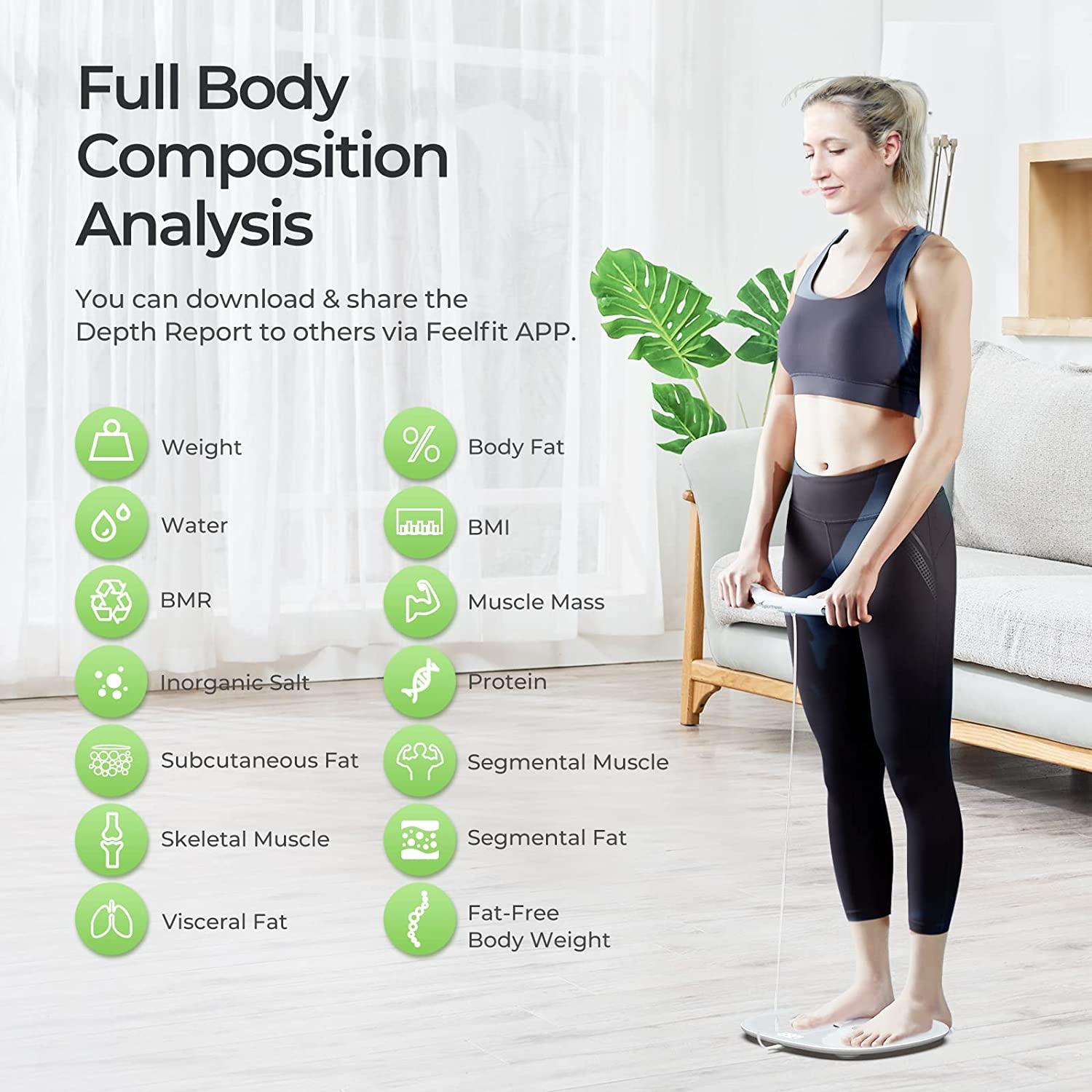If you’re exploring how behavioral body analysis can improve your personal interactions, you’re in the right place.
In this guide, we’ll explore main ideas of body reading, covering common misconceptions. We’ll explain how character traits body analysis can be used in therapy, helping you gain insights into behavior.
Keep reading to discover what body reading can reveal about people. By the end, you’ll know how to avoid common mistakes when reading body language.
The Importance of Body Analysis
It’s not just about interpreting strangers; it’s also a tool to gain self-awareness.
Even HR managers and recruiters can use body analysis in interviews, gaining deeper insights into candidate personalities.
This skill reduces misunderstandings and helps build trust, because you’re responding not just to words but also to what the body communicates.

Different Approaches to Body Analysis
Some practitioners focus on posture, reading how the body carries itself to uncover emotional states or stress responses.
Behavioral body analysis also includes subtle movements, which can reveal momentary emotions even when someone tries to hide their feelings.
While these methods differ in focus, they all share a common goal: to understand the link between body and mind.

How to Apply Body Analysis
Applying behavioral body reading in real life starts with observation. Begin by noticing eye contact in different contexts.
In professional settings, body analysis helps build rapport and improve communication. Sales professionals may observe a client’s fidgeting to gauge interest or resistance.
Practicing behavioral body analysis also helps in personal relationships. By paying attention to loved ones’ gestures, you may notice stress or emotional needs earlier.
Common Myths About Body Analysis
A frequent misconception about body analysis is that it’s a fixed system for knowing what someone feels or thinks. In reality, physical cues must be interpreted within context.
Ethical practitioners of body analysis know it’s about observation, not judgment or labeling.
Anyone interacting with people can apply these insights to foster trust, empathy, and connection.
How the “Body Explains” Model Works
It’s used by coaches to help people understand why they react certain ways and how to unlock hidden emotional blocks.
For example, broad shoulders might symbolize assertiveness.
Clients working with “the body explains” methods often experience breakthroughs as they connect tension areas with emotions.
Respectful Practice of Behavioral Body Analysis
It’s important to approach body reading as a tool for empathy and understanding, not as a weapon for persuasion or power.
Body analysis should always be paired with active listening and curiosity, rather than rigid conclusions.
Saying “I notice you tend to hold tension in your shoulders when discussing this topic” invites reflection, while “You’re clearly angry” risks invalidating the person’s experience.
Building Competence in Behavioral Body Reading
Building body analysis skills takes practice, patience, and observation. Start by watching people in different settings, noticing gesture patterns.
It’s important to stay humble, knowing that no single signal tells the whole story. Observing clusters of signals gives a more accurate reading.
As you develop body analysis skills, aim to balance observation and empathy.

Conclusion: Is Body Analysis Right for You?
From observing facial cues to linking body structure with personality, this skill enriches both personal and professional life.
We’ve explored approaches of behavioral body reading, from the body explains model.
Body analysis is not about instant answers but lifelong learning.
Common Questions About Body Reading
What does body analysis mean?
Body analysis is the practice of observing physical traits, posture, gestures, and movements to gain insights into personality, emotions, and behavioral patterns.
Can anyone learn body reading?
While it takes patience and observation skills, you don’t need professional certification to start applying it in daily life.
Can body reading tell everything about a person?
No single gesture or trait offers complete truth; ethical practice involves humility and openness to complexity.
Can body reading help in business?
Many industries benefit from understanding nonverbal cues for better collaboration and empathy.
How is body analysis different from reading body language?
Body analysis often includes interpreting physical structure, traits, and muscular development, while body language reading focuses more on gestures and movements.
veja mais sobre